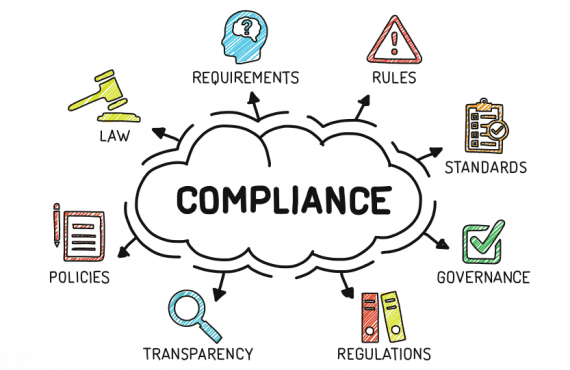QAPI vs “Compliance and Ethics”—What’s the Difference?
Louise Lindsey, Editor
On November 28, 2019, a new “Compliance and Ethics Program,” as mandated in the State Operations Manual Guidance to Surveyors for Long-Term Care Facilities, comes into effect. Even though this new program might appear to be similar to the already existing Quality Assurance and Performance Improvement (QAPI) program, it is not, and long-term care (LTC) facility staff should be aware of the important differences and functions of these two processes.
QAPI is focused on the development of systems which look at the identification, reporting, investigation, analysis, and prevention of “adverse events” in a facility. Development of a QAPI program is a legal obligation and a QAPI plan must be provided to the state survey agency or federal surveyor at each annual recertification survey.
A facility must design its QAPI program to be ongoing, comprehensive, and to address the full range of care and services provided by the facility.
It must:
– Address all systems of care and management practices;
– Include clinical care, quality of life, and resident choice;
– Utilize the best available evidence to define and measure indicators of quality and facility goals that reflect processes of care and facility operations that have been shown to be predictive of desired outcomes for residents; and
– Reflect the complexities, unique care, and services that the facility provides.
The new compliance and ethics regulation F895, which is similar to the current mandatory OIG guidelines, requires a facility to have developed a program which has been designed, implemented, and enforced so that it is “likely to be effective” in preventing and detecting criminal, civil, and administrative violations under CFR Title 42—Public Health (“the Act”) and in promoting quality of care.
This compliance and ethics program must include an appropriate process to allow for the anonymous reporting of suspected violations, the setting of disciplinary standards, and the preparation of internal measures designed to ensure adherence to these rules. It must also consist of written policies and procedures, be overseen by the compliance officer and compliance committee, undertake all compliance education and training, and run a monitoring and auditing program.
Finally, the entire program must allow for an annual review of its effectiveness, with revisions as necessary.































